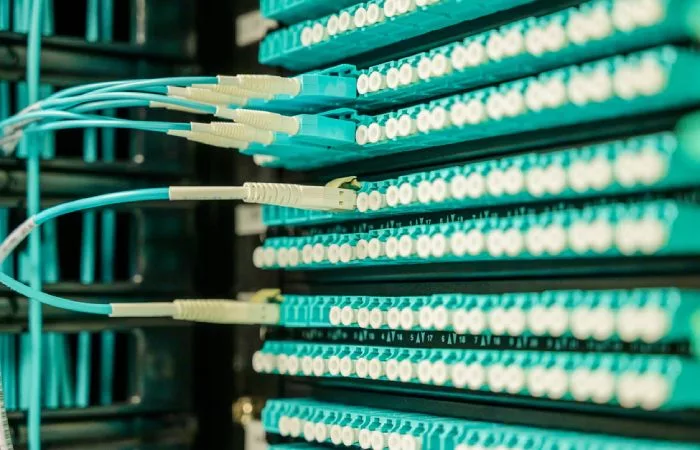In an age where technology evolves at an unprecedented pace, maintaining an up-to-date network infrastructure is not just beneficial; it’s a necessity. The modern business landscape is one that demands agility and resilience, and at the core of that demand lies the need for robust networking hardware.
Whether you aim to enhance data transfer speeds, bolster security measures, or ensure your organization is primed for future technological advances, upgrading your networking hardware is a pivotal step.
Yet, as critical as this process is, it comes with its set of challenges — from selecting the right equipment to managing costs effectively. Upgrading your network infrastructure can unlock a host of benefits, paving the way for a more efficient and secure business operation.

Table of Contents
Assess Your Current Network Infrastructure
The journey to a successful hardware upgrade begins with a thorough assessment of your current network infrastructure—what you have and what you need. This deep dive into your existing systems is crucial to understanding your network’s capabilities and limitations.
While assessing, you should consider not just the immediate needs but also anticipate future demands. In this vein, incorporating refurbished hardware into your upgrade strategy can be a smart move. For instance, used Cisco hardware offers a blend of reliability and cost-effectiveness, appealing to budget-conscious businesses looking to enhance their network without breaking the bank.
By opting for such refurbished solutions, companies can extend the life and performance of their infrastructure while securing a lower total cost of ownership. This approach not only leverages proven technology from industry leaders but also demonstrates a savvy understanding of how to optimize resources without sacrificing quality or capability.
Plan Your Network Upgrade Strategically
After assessing, a strategic plan should lay the foundation for your upgrade. This isn’t merely a checklist; it’s a comprehensive blueprint that aligns with your company’s goals. A carefully formulated budget must balance the immediate financial outlay against the prospective efficiency gains and cost savings.
The planning phase isn’t just about dollars and cents; it’s also about timing. A detailed timeline ensures the upgrade process minimizes any interruption to your daily operations, preserving continuity and productivity. Such meticulous planning is a testament to the adage that good things come to those who prepare.
Choose the Right Networking Hardware
Choosing the right networking hardware is perhaps the most critical step in the upgrade process. This decision can either catapult your network to new heights of efficiency and security or leave you with a tangle of incompatible systems.
Refurbished hardware, once more, makes a compelling case, especially for businesses that need to balance cost with performance. High-quality refurbished hardware often comes with assurances of quality and compatibility at a fraction of the cost of new hardware.
When selecting your hardware, it’s crucial to look beyond the immediate dazzle of the latest features. Instead, focus on the compatibility with your existing setup and the potential for future scalability. This ensures your investment is not just a remedy for current issues but a stepping stone to future advancements.
Implement Best Practices for Installation
With the right hardware selected, the focus shifts to installation. This stage is the bridge between planning and real-world performance, and it’s where best practices come into play. An optimal installation process transcends the mere physical installation of hardware; it encompasses comprehensive testing to ensure the new components interact seamlessly with your existing network.
With a single hour costing over $100,000, downtime is often the bane of any upgrade process, so it’s imperative to have contingency plans in place to mitigate this. For complex upgrades, enlisting professional assistance is not a luxury; it’s an investment in the smooth continuity of your business operations.
Maintain and Monitor Your New Network Setup
Finally, as the new hardware hums to life within your network, the focus turns to maintenance and monitoring. It’s not enough to simply install new hardware and walk away; the longevity and effectiveness of your network depend on regular maintenance and vigilant monitoring. Maintenance routines keep your systems in peak condition, extending their useful life and ensuring that they perform as expected.
Monitoring is equally critical — it’s your early warning system for potential issues, allowing you to address problems before they escalate into full-blown crises. Educating your staff to handle the new system effectively is also paramount, as their proficiency directly influences the smooth operation of your network.

Final Thoughts
Embarking on a network hardware upgrade can seem daunting, yet it’s a vital move for any forward-thinking business. By methodically assessing, planning, selecting, installing, and maintaining, you lay the groundwork for a system that not only meets today’s needs but also anticipates tomorrow’s challenges. Your network is the backbone of your business; strengthening it with strategic upgrades is a direct investment in your company’s resilience and efficiency.


